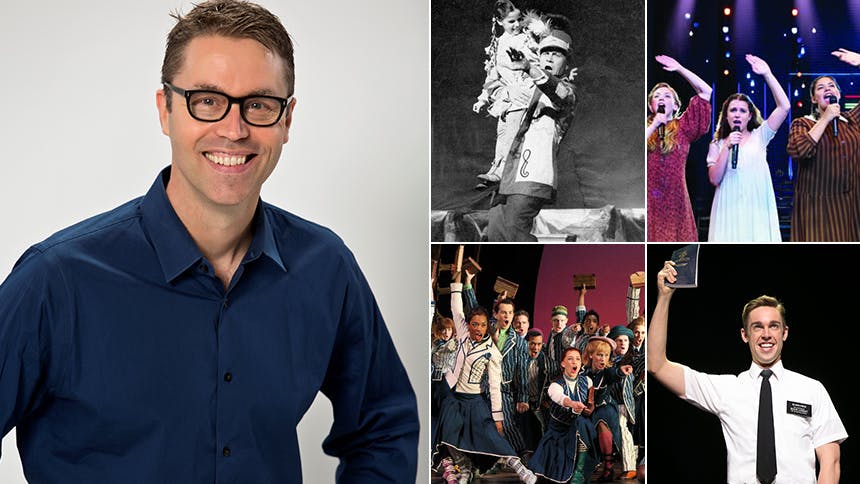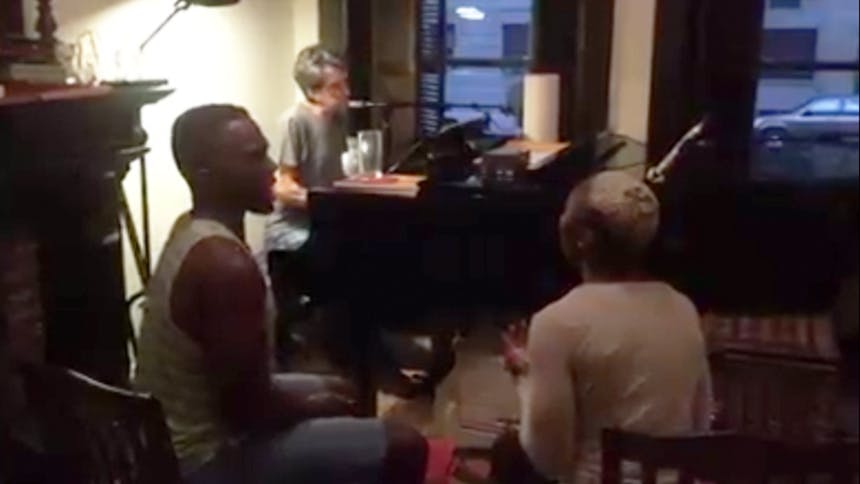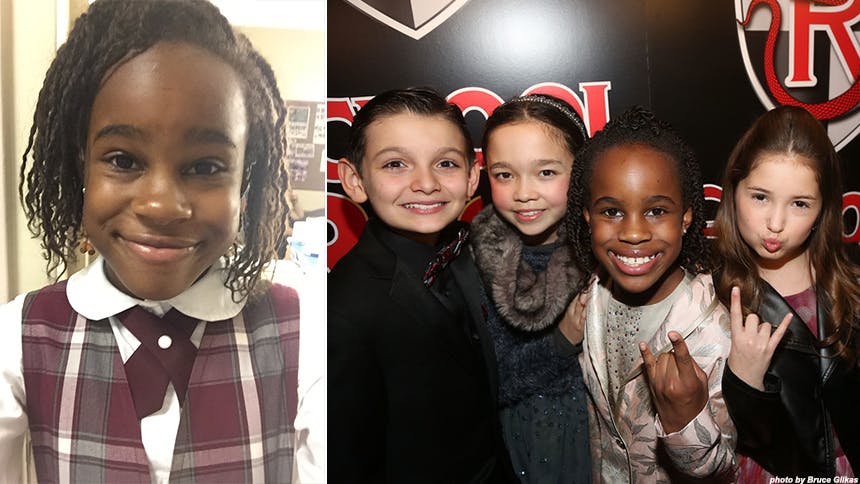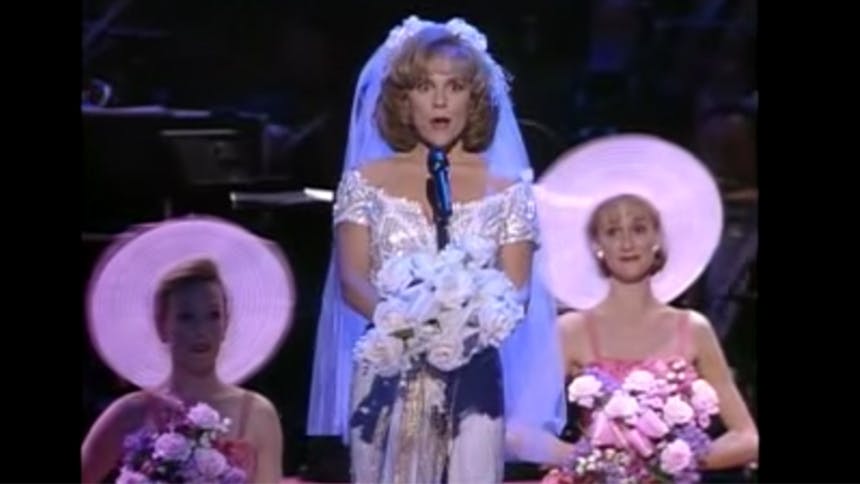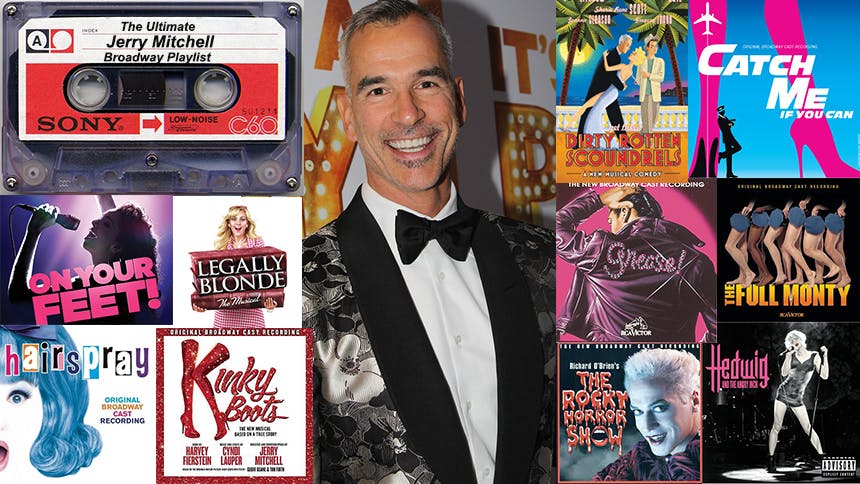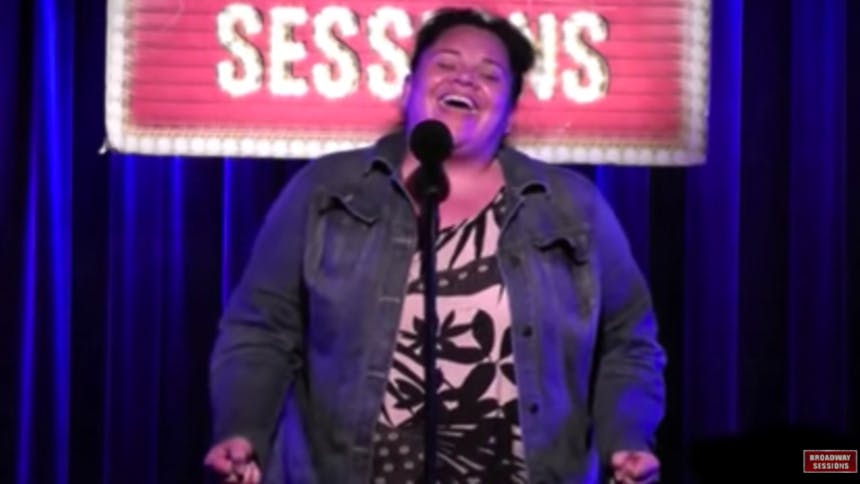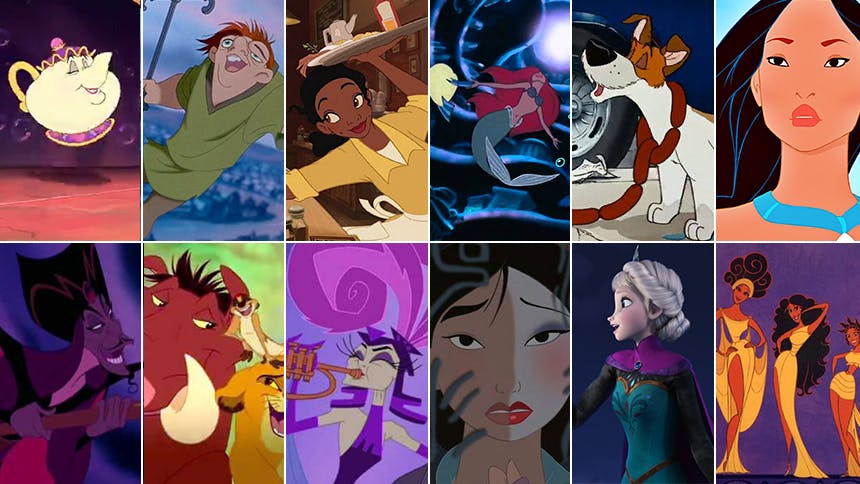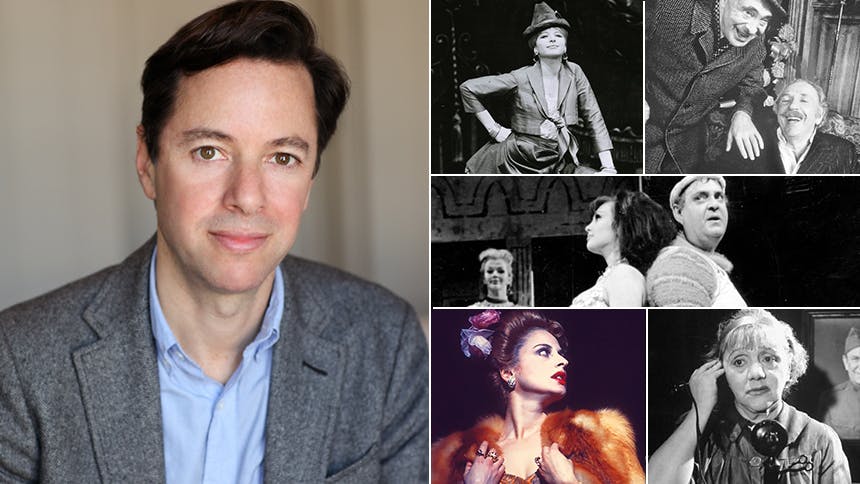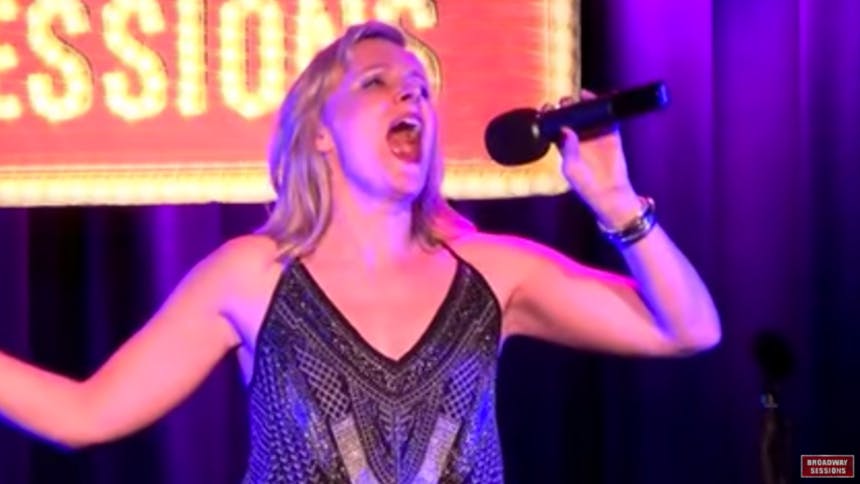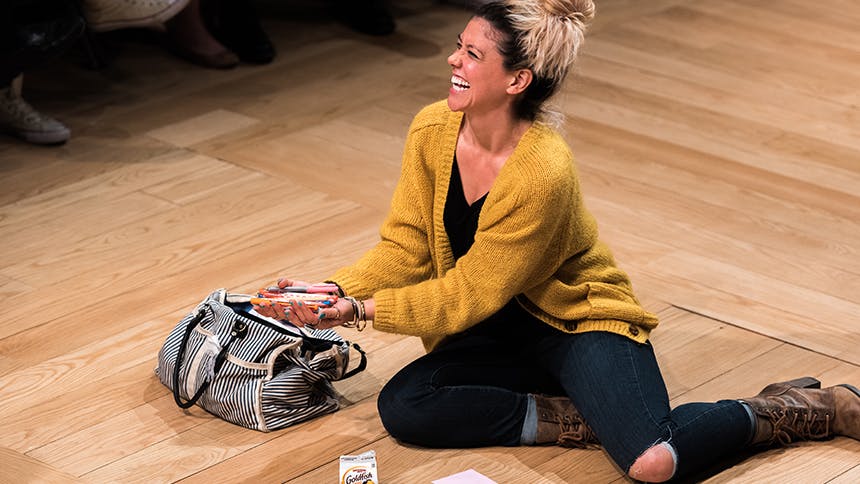Pitch Perfect's music director and arranger, Deke Sharon, makes his Broadway debut this fall as the vocal arranger for Broadway's groundbreaking a cappella musical In Transit.
At its core, In Transit is a fantastic, timeless story of young people trying to find themselves, and the subway is a metaphor of where they are in their lives and how they all intersect each other, where they fit, and where they are going in life. New York is symphony of sounds, each person is their own melody, and together they create harmony. That’s at the heart of what In Transit is; it’s never spoken but it’s there for people to viscerally experience.
What we are doing with this musical is trying to create a new sound for a cappella because modern Broadway and contemporary a cappella have never married before on the stage. It’s never appeared in a musical with the current sound and vocal procession before.
We’ve anchored the entire thing with the character of Boxman, who is a subway street performer with his microphone and amp. He’s the heart of the show and the heartbeat of the sound. Through him, we have the ability to have vocal percussion woven into everything.
While In Transit will go down in history as Broadway's first full a cappella musical, there have been aca-moments of brilliance in some of Broadway's beloved scores. Read on as Deke shares with BroadwayBox five a cappella milestones that rocked Broadway.
The Music Man, 1957
The Music Man is a good place to start because it is like opening a time capsule—you get a glimpse back into a world before recorded music, where barber shop was the pop music of the day. If you wanted music, you made music yourself. It may sound quaint and old fashion now, but during its time, it was absolutely cutting edge. The Music Man not only has the excellent quartet scenes of 'Ice Cream', 'Sincere' and 'Lida Rose', but (if you think about it) that opening scene, 'cash for the merchandise/cash for the dry goods' is really rap music.
I have an affinity for that musical because it was the first musical I did in high school—I was the lead in the barber shop quartet. As a result, I kept a quartet going all four years of high school, I learned how to arrange music, and I fell in love with a cappella. That musical is responsible for my life, my career, and getting me excited about a cappella and pushing it into the 21st century.
"Adios Hermanos", The Capeman, 1997
The next big moment that happens on Broadway is probably the Paul Simon musical, The Capeman. The first section of the show is a cappella. I’m an enormous Paul Simon fan, and in many of his solo albums he incorporated the sound of these great vocal harmony groups—this street corner harmony sound he grew up with becomes a recurring theme. For The Capeman, Paul Simon goes out on a limb and builds the beginning of his story around that sound
"Dear Old Shiz", Wicked, 2003
I like the ‘Dear Old Shiz’ moment because the college a cappella world is a big part of the sound of contemporary a cappella now. A little over a hundred years ago, the Yale Glee Club was one of the great glee clubs, and that school song (with its four-part harmony) was at the center of social life for anyone who attended college. In 1909, a small ensemble, called the Yale Whiffenpoofs, broke off from the Yale Glee Club and they were the first-ever college a cappella group. James-Allen Ford, one of the writers of In Transit sang in the Whiffenpoofs. So when you are listening to ‘Dear Old Shiz’, you are hearing the sound of a college anthem sung by a glee club, which really is in some ways at the core of what became college a cappella.
"Mama Who Bore Me (Reprise), Spring Awakening, 2006
The next big step forward I’d say is ‘Mama Who Bore Me’ from Spring Awakening. The song opens the show, and wham, the audience is hit with vocal harmony—it’s open and it’s raw and it’s unexpected and it’s powerful. But there’s still this issue of, ‘what do you put under all these voices in a time when rhythm is so essential in popular music?’ The answer for Spring Awakening was to add percussion. It’s a cappella plus—like the first top 40 hit that was a cappella was The Nylons’ ‘(Na Na Hey Hey) Kiss Him Goodbye’ and it’s a cappella with a drum machine.
"Hello", The Book of Mormon, 2011
We’ve got to put The Book of Mormon in there. It’s just so good—and yes, I still consider it a cappella even though there’s the sound of doorbells. The fact of the matter is some of the greatest American a cappella comes out of Utah— Brigham Young University has tremendous a cappella groups and when you think of one choir, it’s the The Mormon Tabernacle Choir. Vocal harmony is such a part of their tradition and their experience in church and their culture, so it makes sense that The Book of Mormon would draw heavily on those harmonies. Bobby Lopez [husband of In Transit scribe Kristen Anderson-Lopez] and the South Park guys were wise to have both the beginning and the end of the show reflect that and be anchored in vocal harmony.
Get your tickets now and prepare to be wowed by 'In Transit', beginning at Broadway's Circle in the Square Theatre on November 10.
